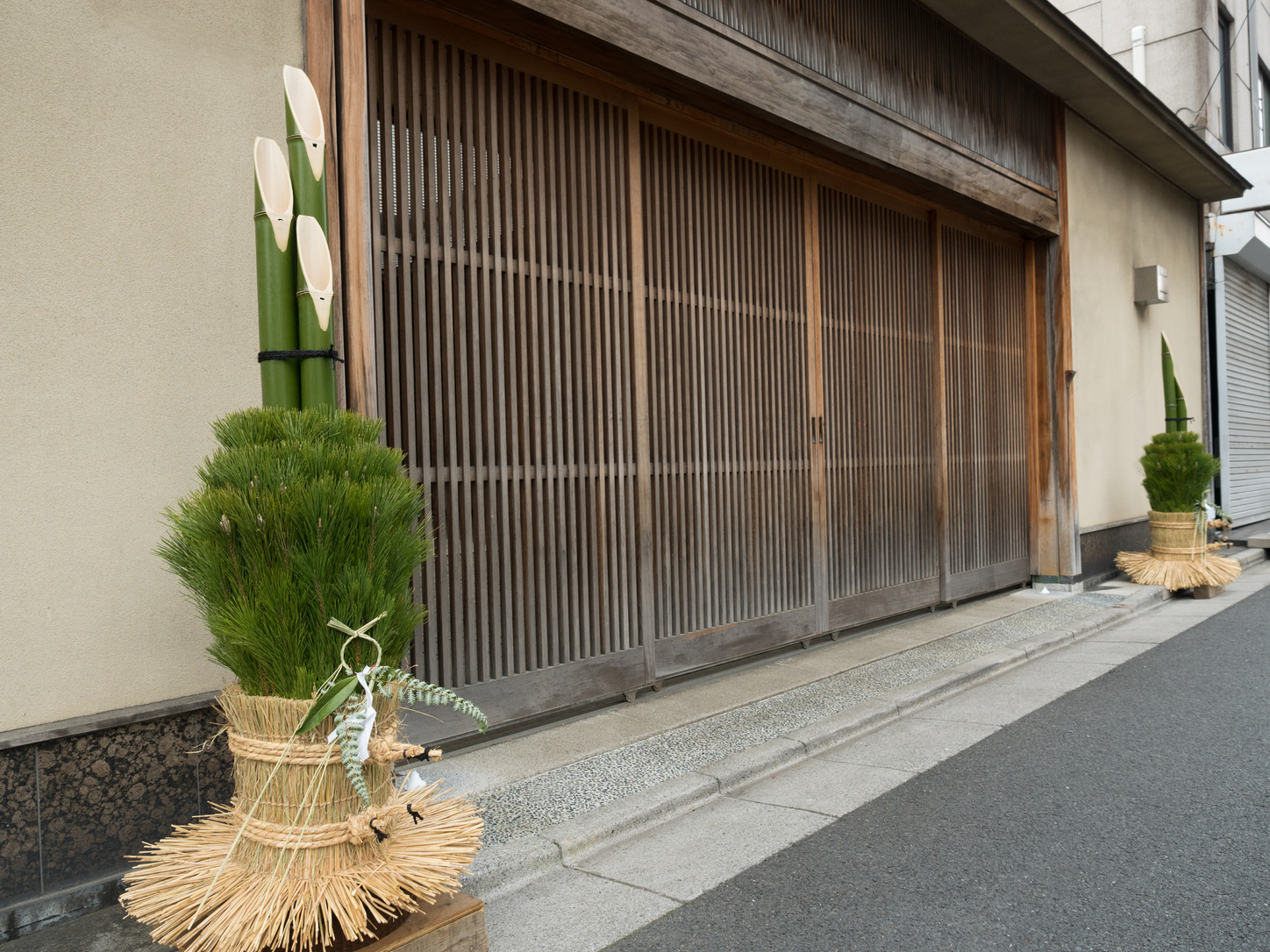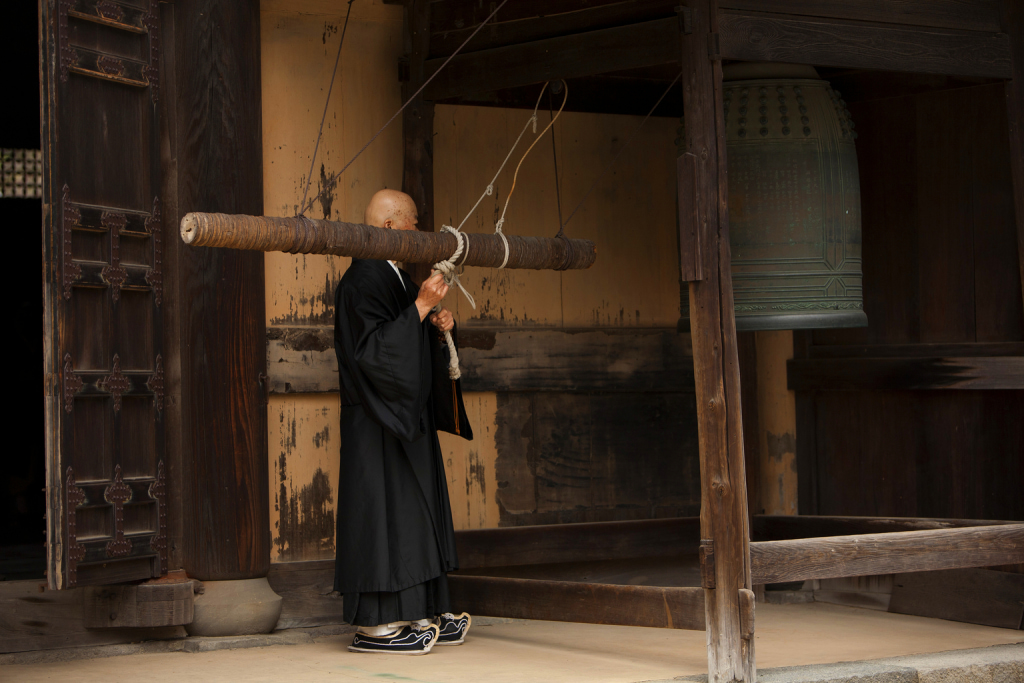New Year’s Eve, celebrated around the world in a variety of ways, is known in Japan as Omisoka, literally meaning the “last great day.” While this year, amid the rising Covid-19 fears, people are discouraged from performing the typical festivities that include leaving the house and lining in queues, there are still many traditions one can enjoy at home. Here is what a typical Japanese New Year’s eve looks and feels like if we weren’t still living in a pandemic.

Cleaning, Purification & Decoration
New Year’s Eve is the time when new tatami, furniture and futon are bought, garbage piles grow and all debts and deals are either completed or “balanced out.” On a social level, this is done with Oseibo (year-end gifts) and bonenkai (end-of-year parties) that are famous for the amounts of booze consumed. This year again, most bonenkai gatherings were highly discouraged.
On a spiritual level, all of the past year’s magic charms (omamori) and “good luck” Daruma dolls must be thrown away, usually at the temples or shrines from which they came. These are then burned in roaring pyres on Omisoka and everyone is expected to buy new ones.
When all dirt, problems and old things are eliminated, the focus begins to shift to “the new.” Kadomatsu (boughs of pine, bamboo and sometimes plum) are placed at the entrance of almost every home. More yen will flood the stores at this time of year, thanks to year-end bonuses.
When Omisoka finally arrives, the family gathers in their sparkling clean house for a traditional dinner of toshikoshi soba (buckwheat noodles) and otoso, spiced sweet sake, the Japanese answer to Champagne. The big moment comes at midnight with the ritual of joyanokane, the ringing in of the new year.

Joyanokane
This interesting tradition, practiced more than 1,000 years in Japan, originally came from China and is a ceremony that truly ends the old year by destroying all “sins” and announcing the renewal of the world. On the night of Dec. 31, you will probably hear the echo of at least one temple bell being rung 108 times as the new year is born.
Why are the temple bells (or sometimes drums) rung 108 times? For an answer, we must look at the history of joyanokane and how it came to this country. Buddhism, along with a number of customs now found in Japan, originally came to China from India. The prayer beads that most Japanese Buddhists use, called jizo, are actually from India where they are called mala or “circle,” and guess what? They always have 108 beads.
These prayer beads symbolize the totality of the world and the circle of the heavens. In Indian astrology and religion, the circle of the visible universe is extremely important and is divided into 12 areas ruled by constellations of the Zodiac.
This system is used to understand and mark the exact moments when such things as the new year would occur. Each zodiac “zone” is further divided into nine “digits,” thus the totality of the heavenly round was 108 digits and this number became sacred and a symbol of the cycles of life.
Buddhism adopted these ideas from Hinduism but added a new concept: that there were 108 sins to match the 108-digit circle of the universe. Since New Year’s Eve is the moment when all the past sins should be done away with, it became common to ring the temple bell 108 times. This broadcasts “Buddha power” and anyone who hears this joyanokane will be washed clean of all 108 sins, ready to begin a new year!
During the Edo period, it became common for some temples to open their doors and let people ring the bell or pound the sacred drum 108 times themselves, usually for a fee.
Whether you are an ardent Buddhist or just an interested observer, you are welcome to participate in this continuing tradition by going to one of many temples in the Tokyo area and ringing out the old year and all it entails.
An Omisoka temple pilgrimage is a chilly but unforgettable experience. It’s quite a scene when the bell begins to ring and everyone rushes inside to get the first blessings of the year. If you want to “ring out the old” yourself, you need to plan ahead. Usually there is a strict number of people (often 108!) allowed to participate directly in each temple’s bell ringing.
A few of the most popular temples, such as Zojoji near Tokyo Tower, sell tickets for joyanokane as early as the beginning of December, but most begin to sell tickets (or give them away) on a first-come, first served basis about an hour before midnight. It’s a good idea to get there several hours early. Competition is fierce, so be forewarned!
You usually will have to ring the bell as a group with four or five other people, but the bells are huge, often a meter or more tall, and it’s fun to get a handful of people in sync, pulling back and letting go of the large log-like striker. Many of these bells are very old and a few, like the one at Zojoji which dates back to the fourth Shogun, are designated as cultural treasures.
Text by Denny Sargent. This article was originally published in 2012 and updated in Dec 2020, and 2021.









